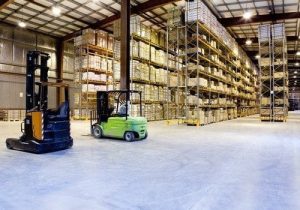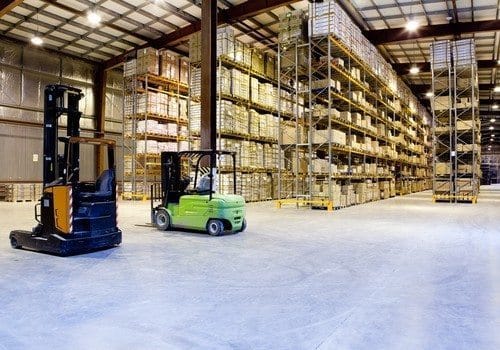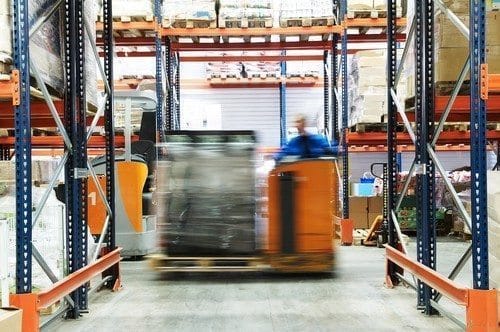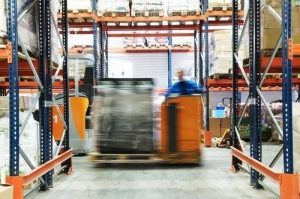
Robots are the ultimate material handling equipment, but their application in the warehouse environment is still limited. While robotic workers are being developed to handle increasingly sophisticated tasks, they lack the ability to sense and react to their surroundings.
This obstacle may be overcome soon, thanks to a Massachusetts tech company. A system known as lidar could be the solution for safer warehouse robots.
Solving the Problem of Robotic Safety
Lidar is a high-tech method used to detect nearby objects, much like radar, but it uses laser light rather than radio waves. While lidar has a a number of applications, it’s gained attention recently as a navigational system for self-driving vehicles.
Massachusetts-based Veo Robotics came up with the idea to use a similar system with industrial robots. Veo’s proprietary lidar program generates real-time 3D maps of warehouses and factory workspaces. The data is used to stop robots if humans are approaching or the robots can’t sense what’s going on around them.
Lidar Hits the Industrial Market
In late 2017, Veo raised $12 million in capital from venture investment firms to finance their project. Kuka is one of several robotics companies allowing Veo to test their technology on their machines.
The completed system is expected to begin shipping to customers this year. At $40,000, the system is roughly one-tenth of the cost of industrial robots and requires less than a day for installation.
Veo co-founder Patrick Sobalvarro projects $1 billion in annual revenue within five years. Sobalvarro hails Veo’s system as the “end of fear” around bulky but fast-moving industrial robots.
Let Material Handling Equipment from DJ Products Do the Heavy Lifting
Our material handling equipment improves workplace safety in any warehouse. Contact us for more information.




